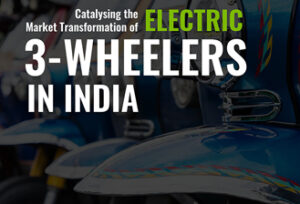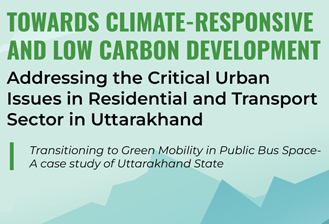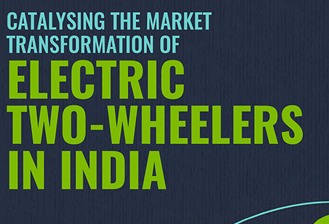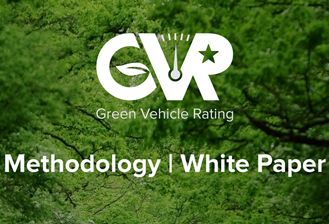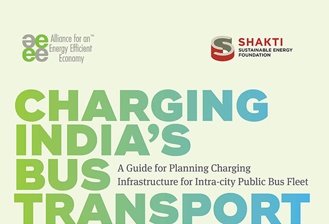Achieving energy sector decarbonisation requires focusing on clean energy transition while also enhancing resilience. For the power sector, this involves enabling the integration of renewable energy while ensuring grid reliability and affordability. For the mobility sector, decarbonisation will entail electrification of the vehicles, and the adoption of alternative fuels like hybrid and flex-fuel technologies.
To achieve these objectives, AEEE's Smart and Resilient Power and Mobility (SRPM) vertical promotes demand-side management, particularly supporting demand flexibility solutions to help balance supply and demand on the electricity grid by supporting regulations and planning, designing schemes, developing innovative business models, monitoring and verification, and capacity building. AEEE’s clean mobility efforts prioritise the diversification of transport fuels, going beyond electric vehicles and encompassing hybrid and flex-fuel technologies by supporting the development and execution of strategies, policies, schemes, procurement, and capacity building. AEEE works with the government, power and transport utilities, regulatory commissions, and solution providers, thereby advancing the decarbonisation of India’s transport and power sector.
Objective
Strategic Focus Areas
- Promote inclusive, accessible, and sustainable mobility systems by fostering the adoption of low-carbon transport technologies to reduce emissions
- Enable the market to support demand flexibility, foster behavioural change, and enhance grid resilience amid increasing electrification
- Enhance utility-led initiatives to optimise electricity consumption, reduce peak demand, and support grid decarbonisation
- Demonstrate proof of concept for local innovations and scalable solutions

Flagship Programmes
- Electrification of Fleet Transport in the Himalayas: Focusing on North-East India
This long-term project focuses on the potential electrification of commercial and public transport fleets in the north-eastern states of India. It considers various factors, including the policy ecosystem, ensuring an inclusive transition that involves vulnerable sections of society, promoting tourism, and streamlining vehicle registrations. AEEE collaborates closely with local authorities and regional partners to drive this initiative. - Decarbonising India’s Cold Chain – The Energy and Transport Nexus
This project aims to decarbonise India’s cold chain transport sector by implementing a pilot model for electric reefer vehicles equipped with PCM-based refrigeration and/or other affordable technologies available for immediate adoption. The goal is to create an energy-efficient, scalable, and replicable framework for sustainable cold chain logistics. - E-Bikes for E-commerce Deliveries in Rural India
This collaborative work between AEEE and Villgro Innovations Foundation explores sustainable delivery solutions amid the rapid growth of rural e-commerce. E-bikes present an eco-friendly alternative to traditional logistics, reducing emissions, enhancing last-mile connectivity, and fostering employment, especially for women and marginalised groups. This initiative aims to deliver an in-depth report on systemic barriers and solutions, actionable strategies to improve financial accessibility and infrastructure, and a strategic guide for policymakers, financiers, original equipment manufacturers, and communities to accelerate e-bike adoption for sustainable rural logistics. - Market Transformation of Electric 2-Wheelers and Electric 3-Wheelers in India
This collaborative work between AEEE and International Copper Association (ICA) India aimed to foster market transformation for Electric 2-Wheelers (E2W) and Electric 3-Wheelers (E3W) in India, undertaking dedicated research and support to tackle the key socio-economic barriers to E2W and E3W adoption. The research resulted in the production of two white papers, identifying the barriers, solutions and potential scope along with highlighting the necessary infrastructure and policy support to foster this shift. - Green Vehicle Rating
Green Vehicle Rating is a consumer information tool that identifies high to low-performing vehicle models (both ICE and EV) in two and three-wheeler categories in terms of the negative impacts of greenhouse gas (GHG) emissions and criteria pollutants. Along with a comparative analysis of vehicle models, the GVR shows the external costs of pollution – both GHGs and criteria pollutants. GVR broadly serves three functions:- To find the rating of vehicle models based on their environmental performance
- To inform/ educate the buyers about the health and environmental costs of vehicular emissions
- To inform the buyers about the real cost of owning the vehicle
Reports and Research

Automated Demand Response Pilot in Delhi – Insights and Transferrable Learning to Scale-up Program Designs
Must Read
Why Indian grid operators need to acknowledge demand flexibility for optimal grid operation
The peak demand levels and electricity consumption of India are yet to peak. The main drivers for this increase in demand levels are the increasing appliance penetration resulting from rising building stock, along with significant uptake of electric vehicles (EVs) and other distributed energy resources (DERs) like solar PV and storage.


